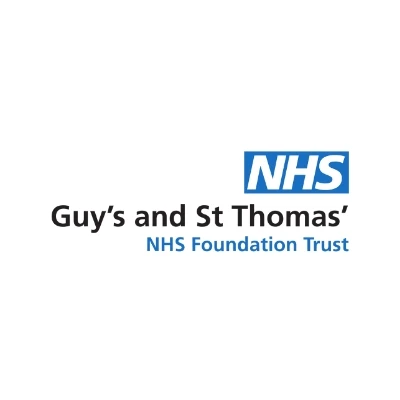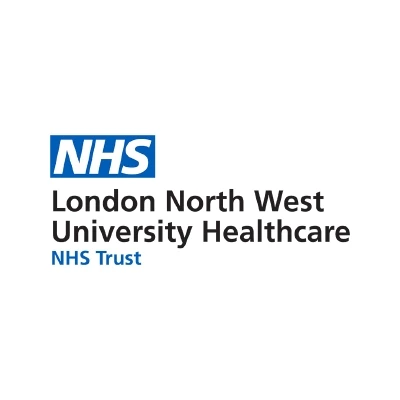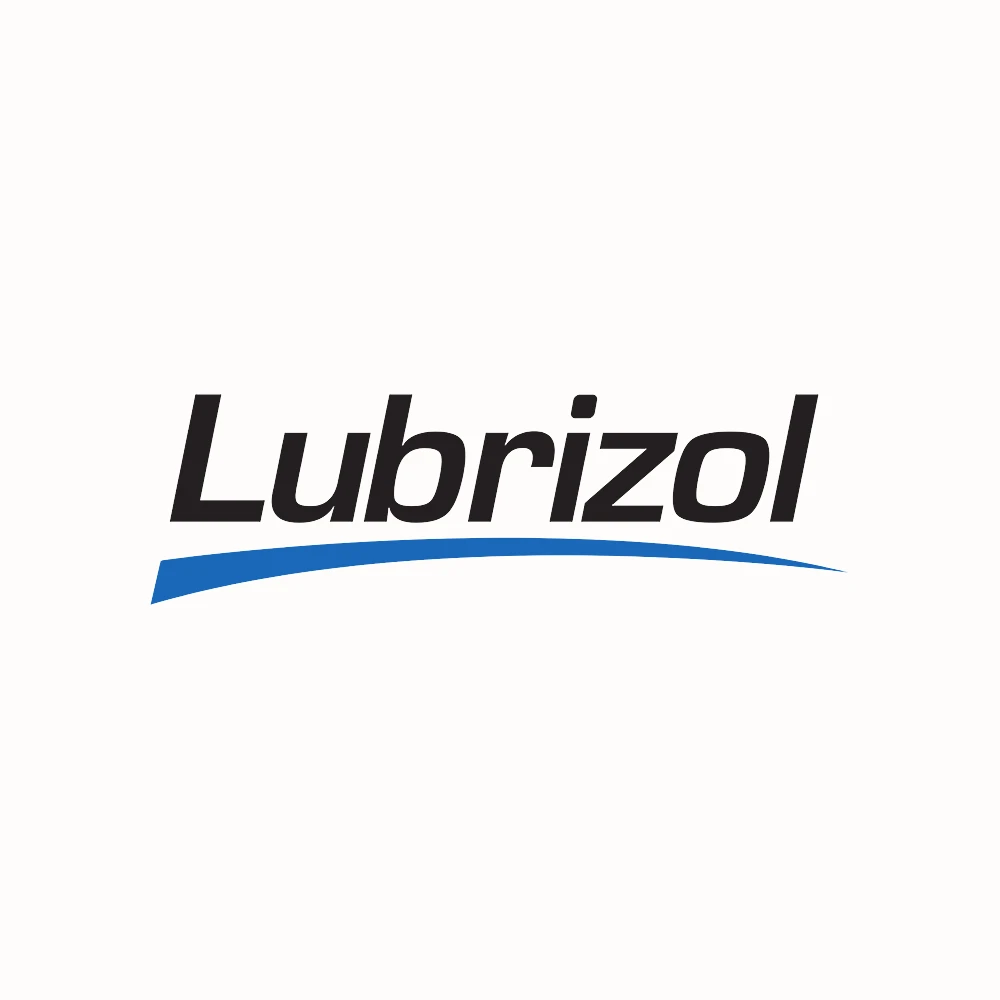The Unique Challenges of Fire Safety in Healthcare
Vulnerable Populations and Complex Infrastructure
Hospitals and healthcare facilities are complex environments. Unlike places such as commercial offices or residential blocks, they house multiple individuals with limited mobility, life-support systems, and critical medical equipment. Due to the nature of healthcare environments, evacuations are complex and they require carefully coordinated strategies that balance safety and continuity of care.
Common Sources of Ignition and Fire Hazards
Healthcare settings have a range of fire hazards causing multiple ignition risks. From oxygen tanks and surgical equipment to laundry rooms and kitchen facilities. Flammable chemicals, electrical systems, and high patient occupancy further magnify the challenge, making comprehensive fire safety imperative.
Beyond Compliance: The Shift to Proactive Fire Safety
From Reactive Alerts to Predictive Intelligence
Traditional fire safety systems are reactive as they provide alerts once a hazard is already active. However, in healthcare this approach is inadequate. By implementing predictive technology, you are able to use real-time monitoring and analytics to detect patterns and get ahead of a risk before it escalates.
The Cost and Disruption of False Alarms
For hospitals, false alarms are more than just inconvenient - but also disruptive and dangerous. Each unnecessary evacuation can distress vulnerable patients, interrupt treatments, and increase “alarm fatigue” among staff. Intelligent systems dramatically reduce false alarms, ensuring alerts are always trusted.
Fact: In England, NHS trusts recorded 1,372 fires in 2022/23, an increase of over 18% on the previous year, equating to almost four fires every day across the NHS estate.



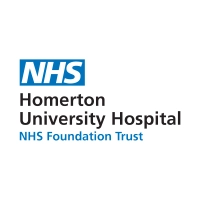
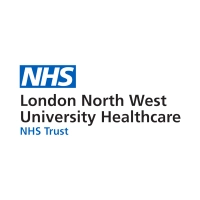
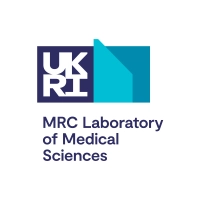
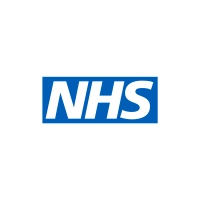
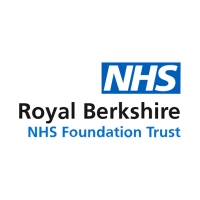
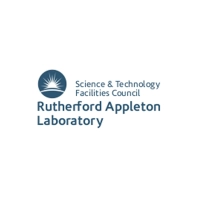

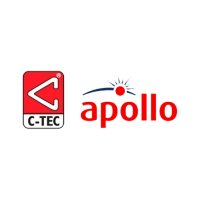
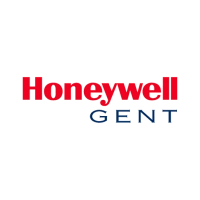
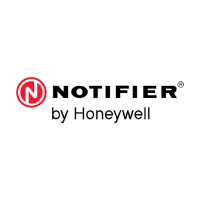

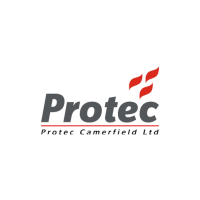
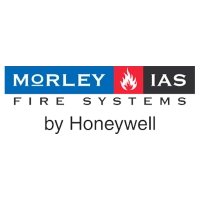
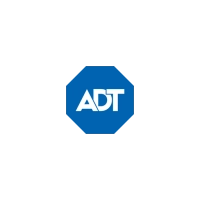
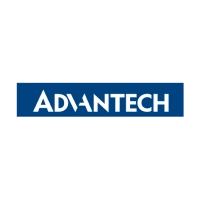
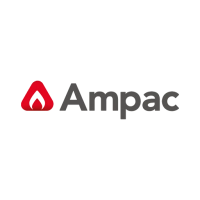
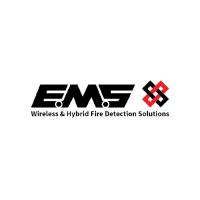

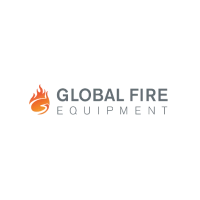
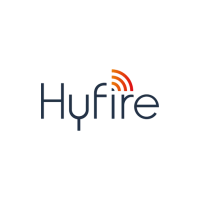
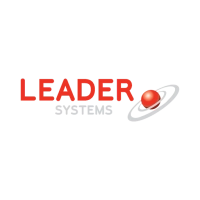
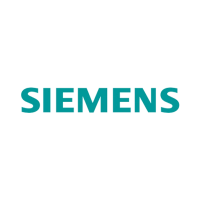
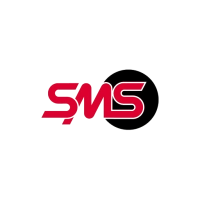

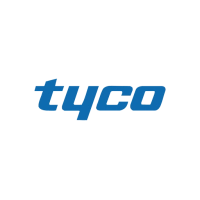
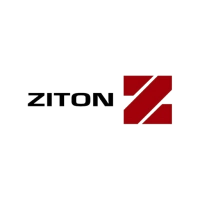
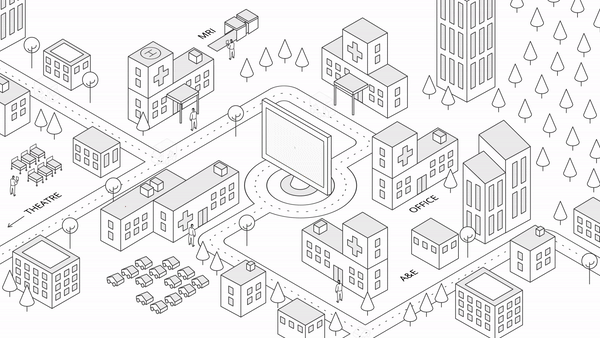



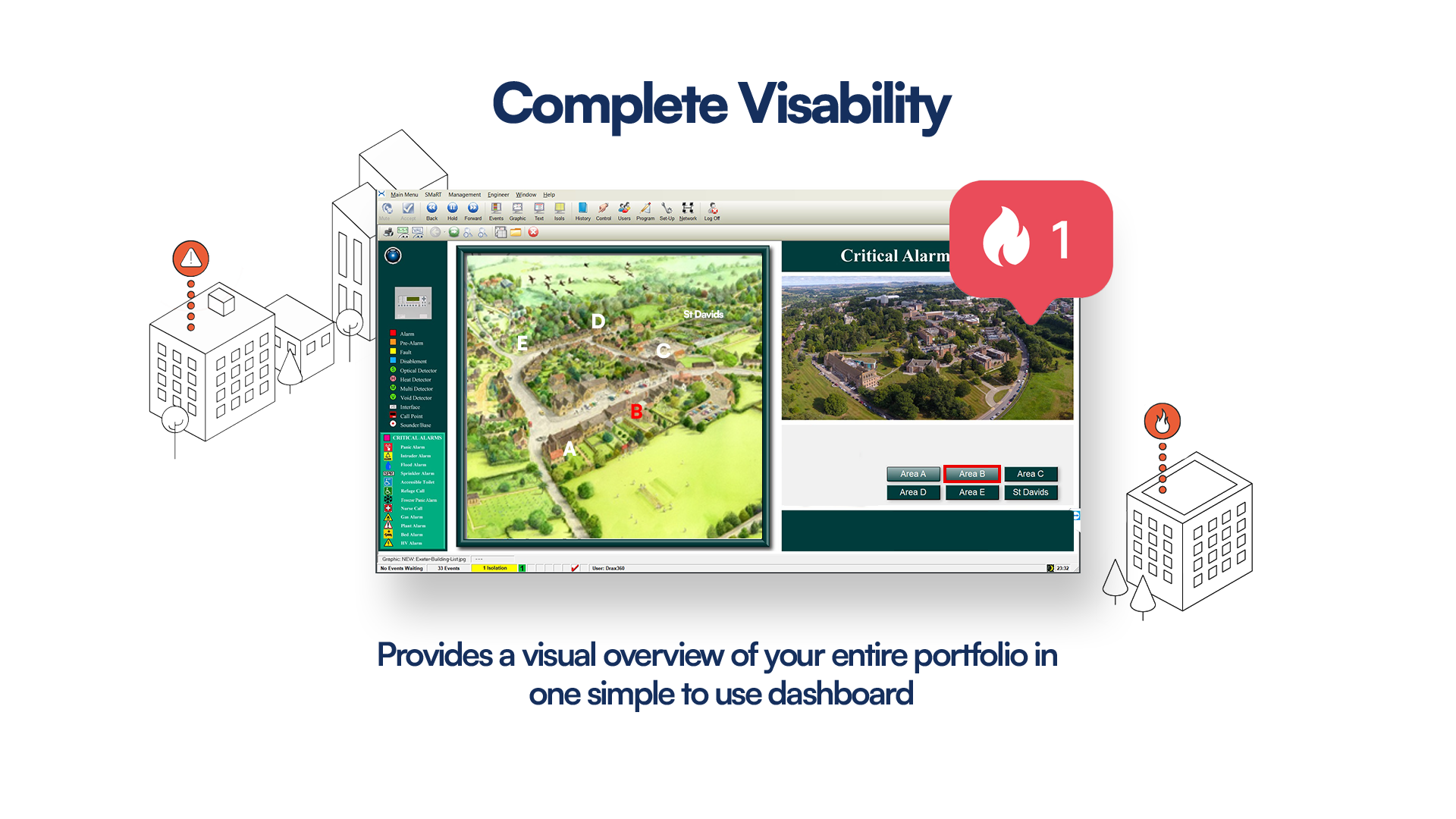
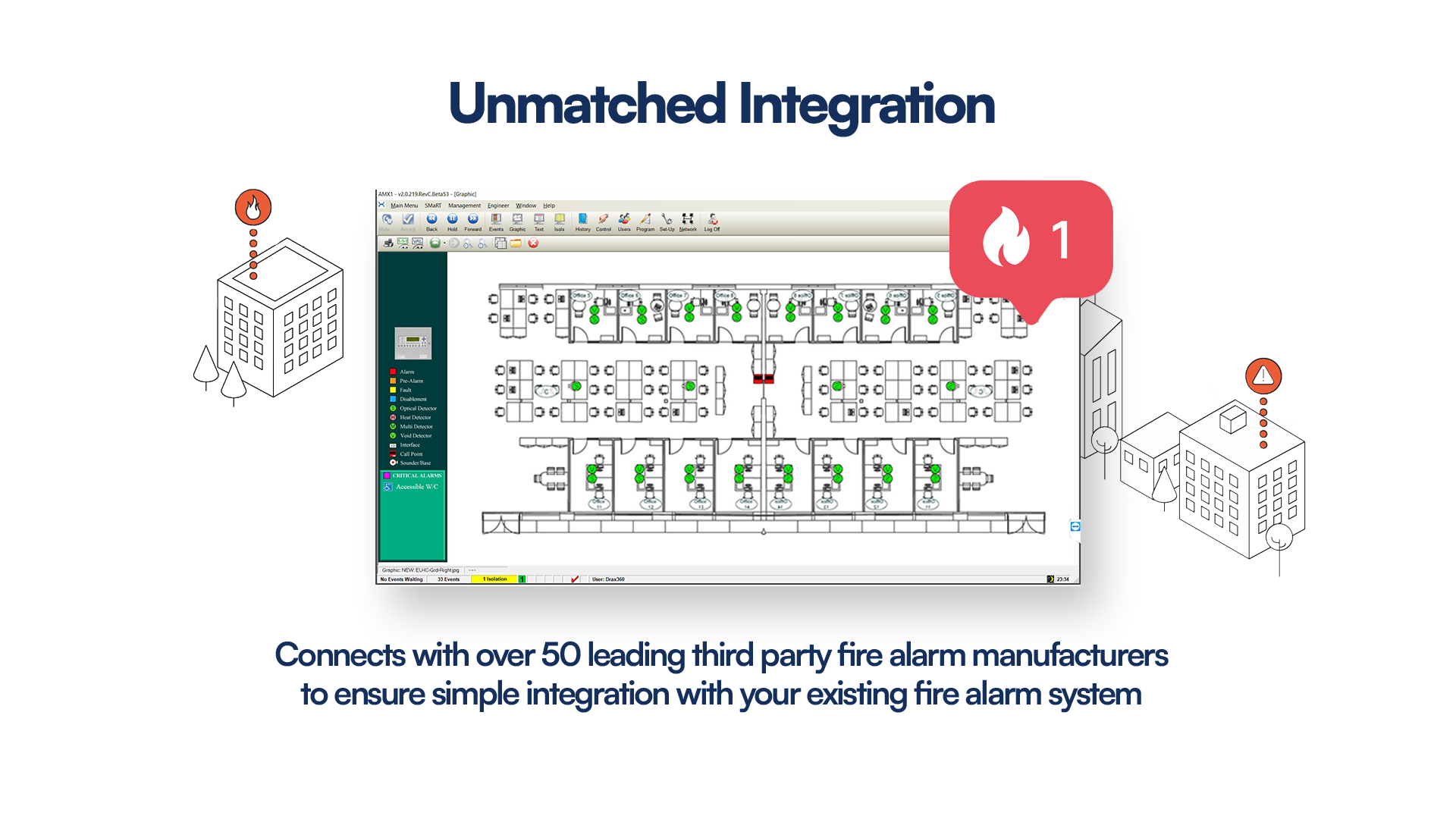



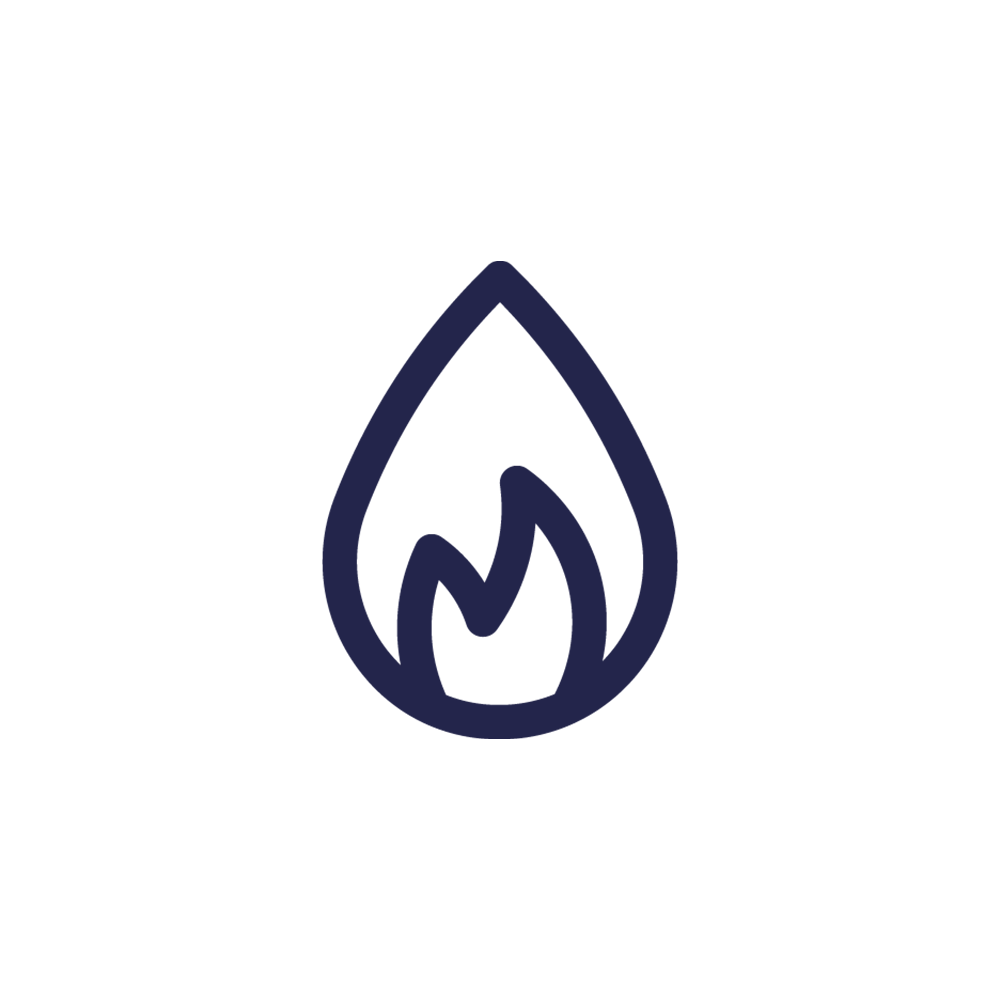 Fire Alarms
Fire Alarms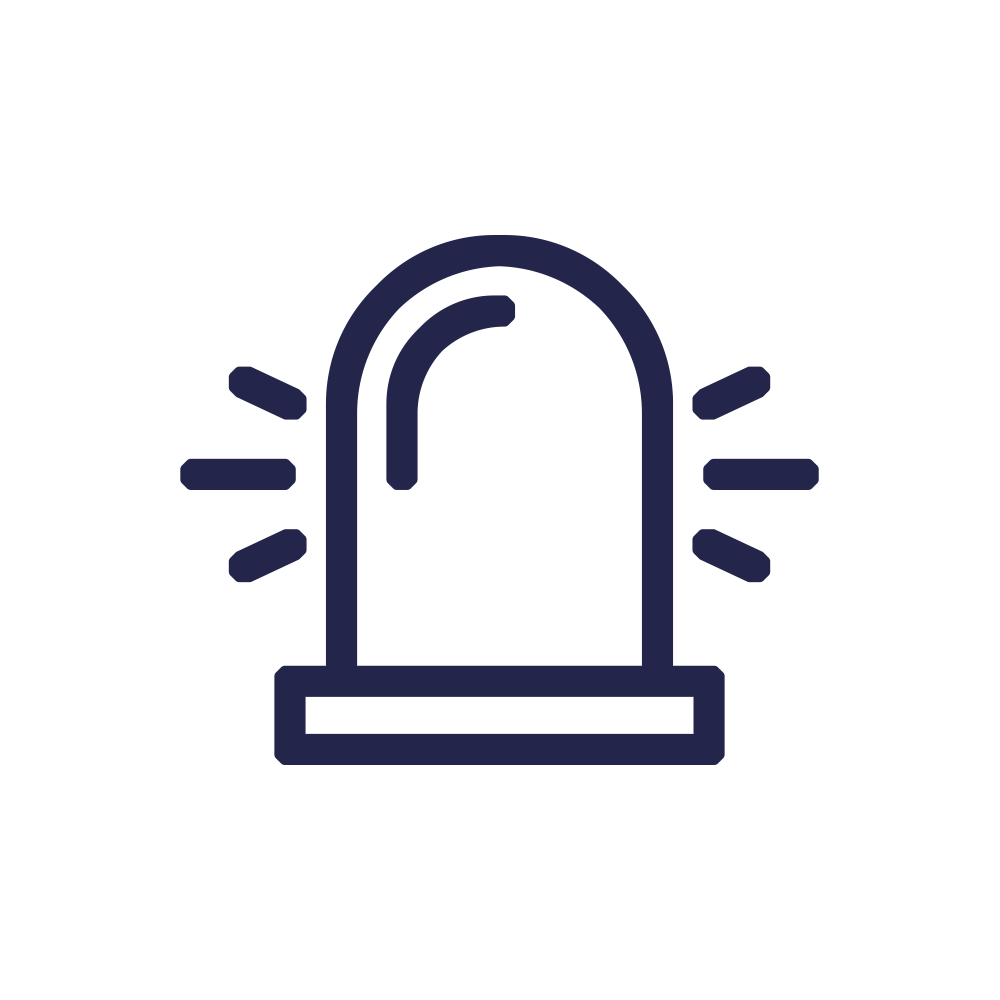 Panic Alarms
Panic Alarms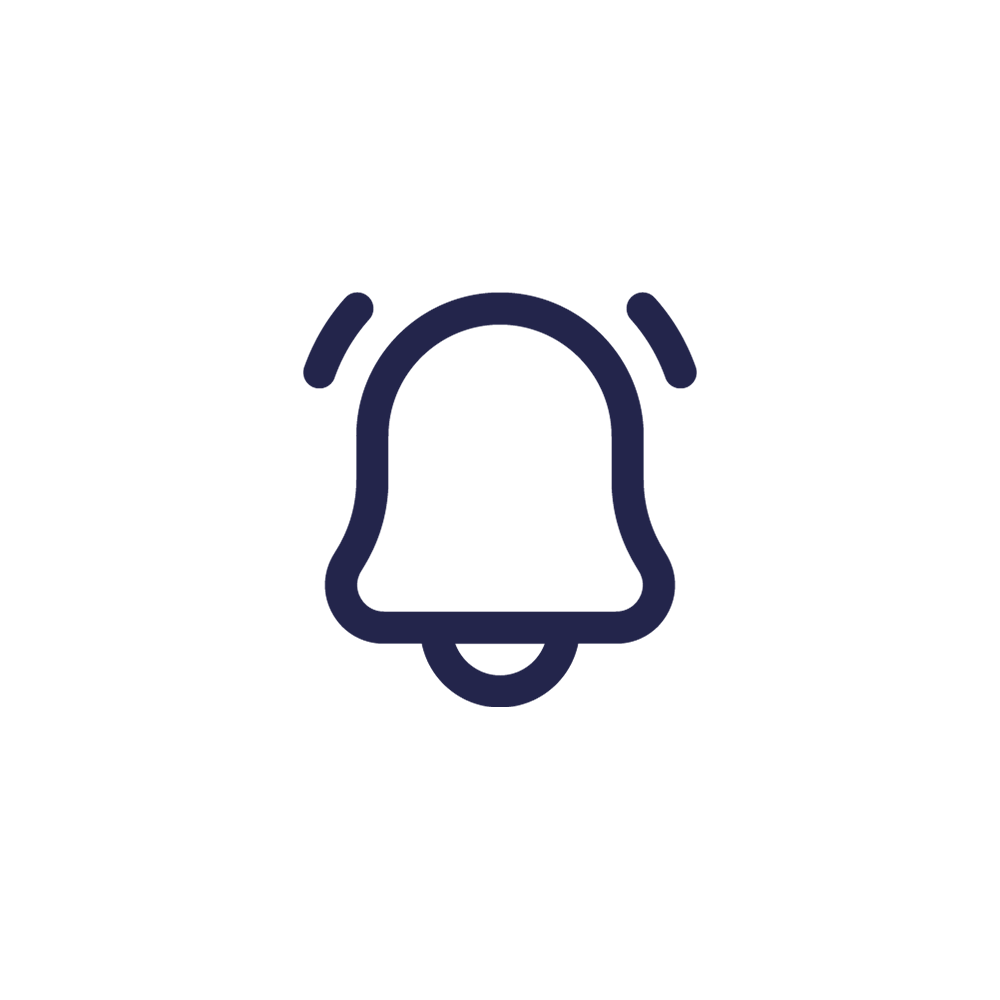 Intruder Alarms
Intruder Alarms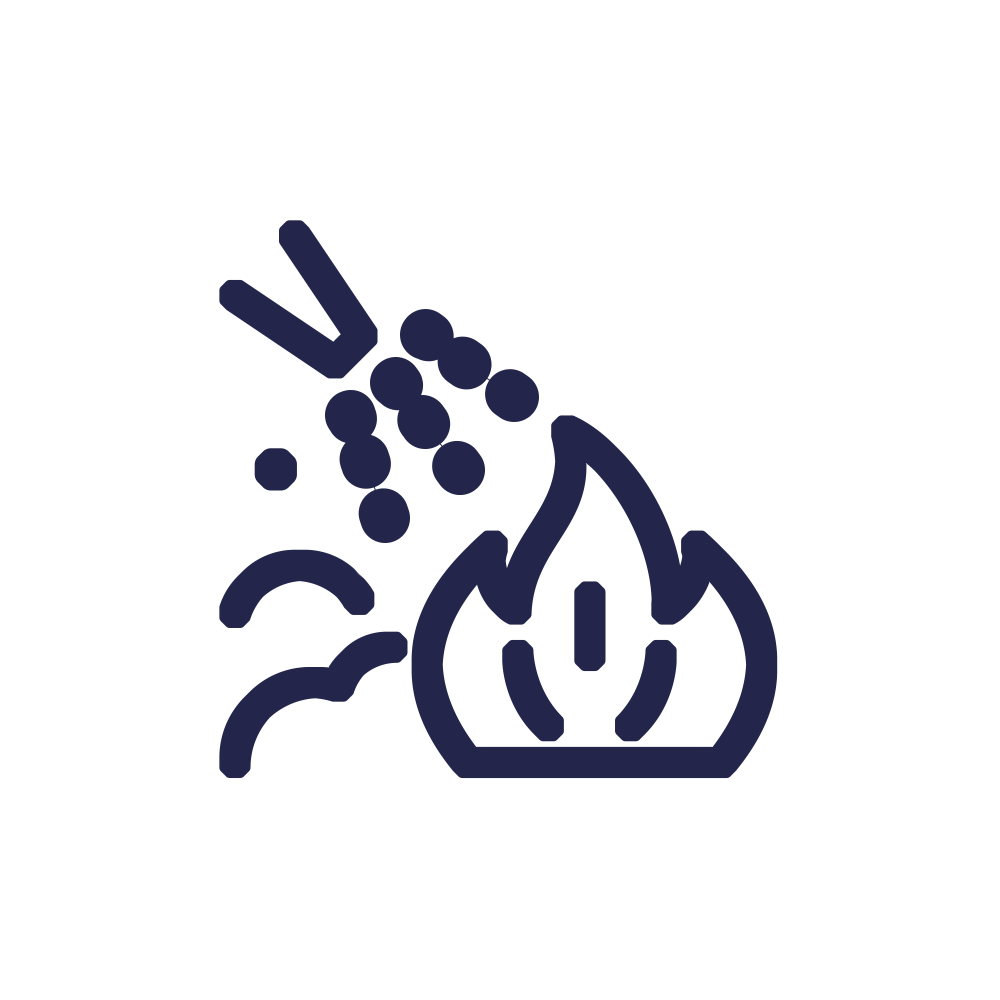 Sprinkler Systems
Sprinkler Systems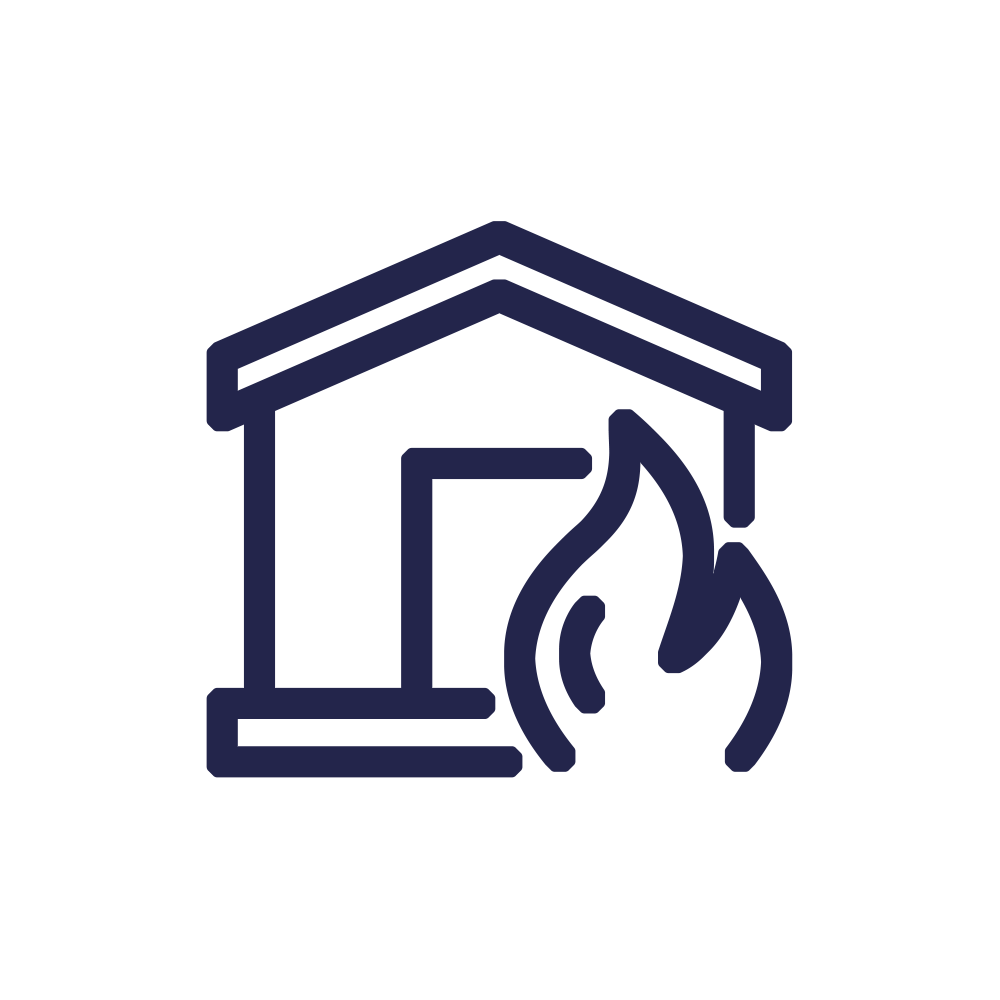 Plant Alarms
Plant Alarms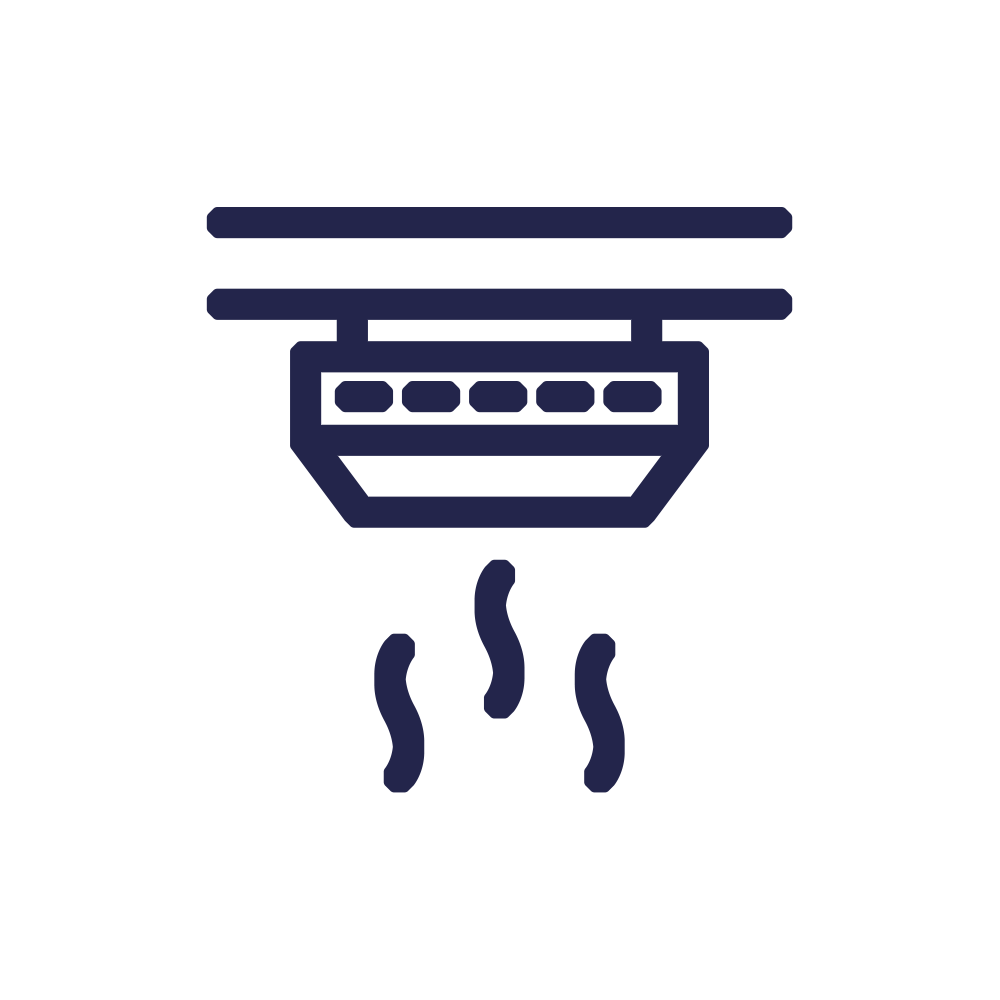 Gas Alarms
Gas Alarms